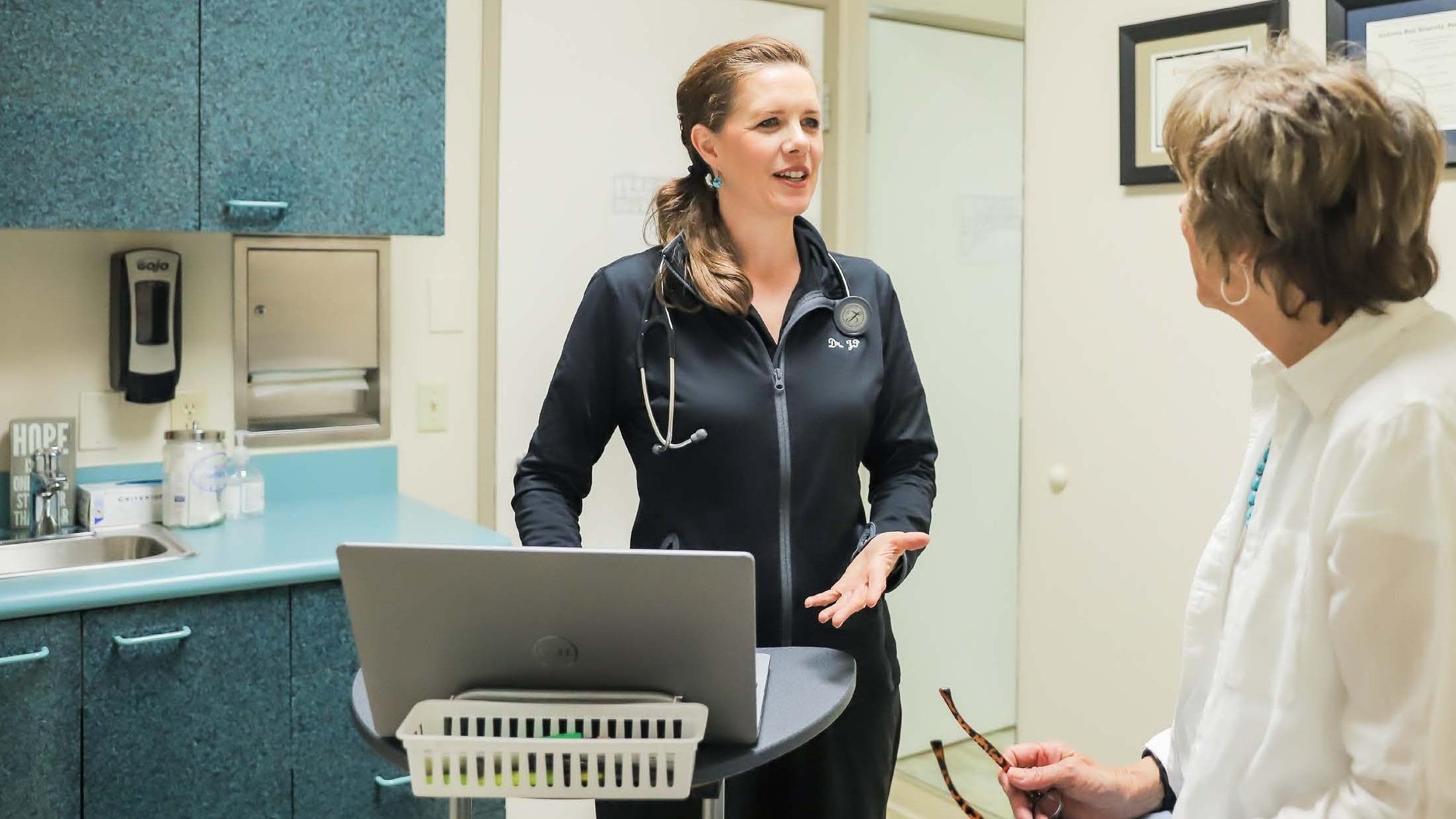
Heart disease remains the leading cause of death among women in the U.S., accounting for 1 in 5 female deaths. Despite increased public awareness efforts, such as the American Heart Association's (AHA) Go Red for Women campaign, many women still underestimate their risk. In 2019, only 44% of women recognized heart disease as their primary health threat, down from 65% in 2009.
Why Heart Disease Affects Women Differently
Heart disease presents distinct challenges for women, often linked to gender-specific risk factors like hormonal changes, pregnancy complications, and autoimmune diseases. Conditions such as preeclampsia and gestational diabetes can significantly raise the risk of developing cardiovascular disease later in life.
Women are also less likely to receive timely or appropriate care compared to men, contributing to poorer outcomes. For instance, women are under prescribed with life-saving medications like statins and blood thinners, and they're less likely to undergo crucial procedures like bypass surgery.
Early Signs of Heart Disease in Women
Recognizing early signs of heart disease is vital. Symptoms can be different from those in men and may include:
Chest discomfort (not necessarily pain but a squeezing sensation)
Shortness of breath during daily activities
Nausea or lightheadedness
Unexplained fatigue
Pain in the back, neck, jaw, or upper abdomen
Unfortunately, these symptoms are often misinterpreted or dismissed, especially in younger women and women of color.
Preventive Measures for Women

The AHA emphasizes that up to 90% of heart disease cases are preventable with lifestyle changes and early interventions. Key strategies include:
Regular physical activity (at least 150 minutes of moderate exercise per week)
Balanced nutrition focuses on heart-healthy foods like fruits, vegetables, lean proteins, and whole grains.
Stress management and mental health support, given the link between anxiety, depression, and heart disease risk
Routine health screenings for blood pressure, cholesterol, and glucose levels
What Can Be Done to Raise Awareness?
The AHA and other health organizations continue to drive awareness through national campaigns like Go Red for Women and events such as National Wear Red Day. These initiatives aim to educate women about heart health and encourage them to take proactive measures.

For more information and resources on heart health, subscribe to Circe Coaching Blog, where you can find support tailored to women's cardiovascular health and learn more about ongoing prevention and care strategies. By staying informed and taking action, women can significantly reduce their risk of heart disease and lead healthier lives.
 Add Row
Add Row  Add
Add 




Write A Comment